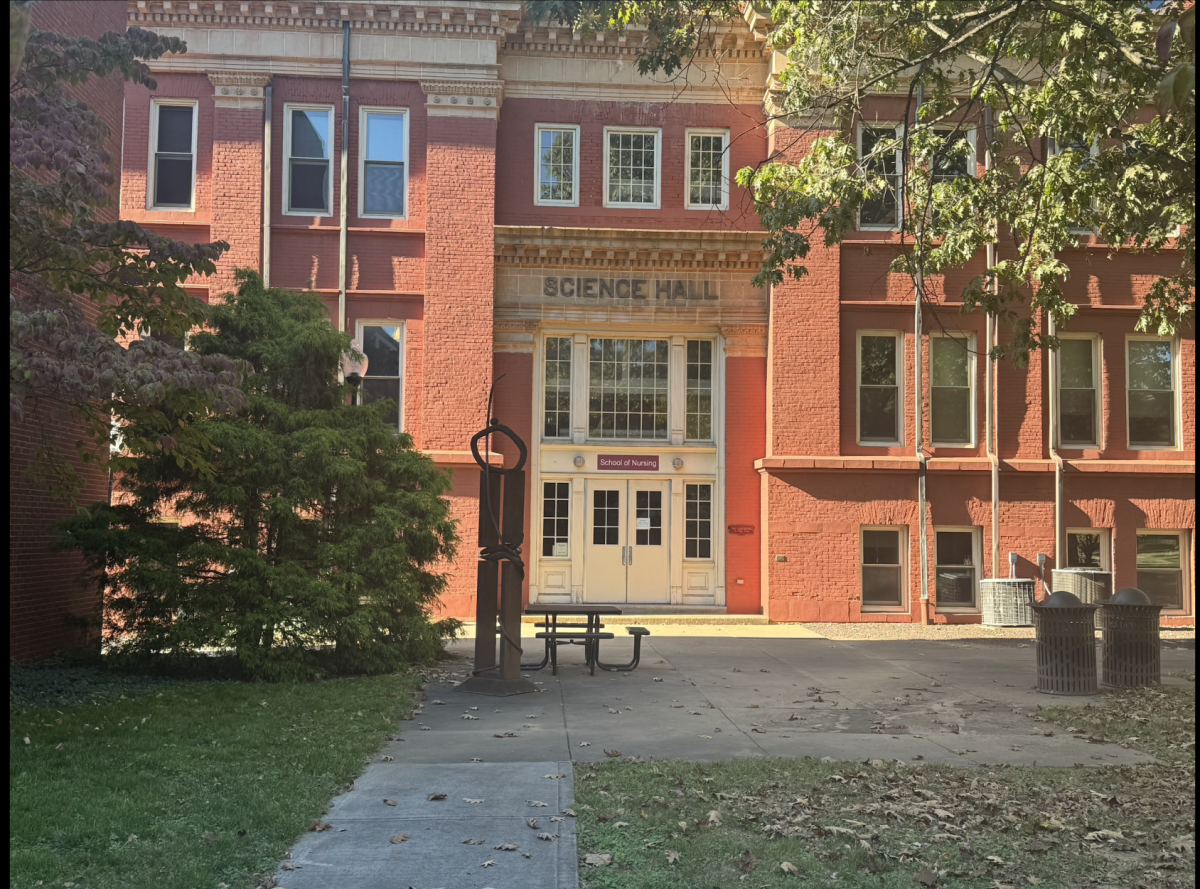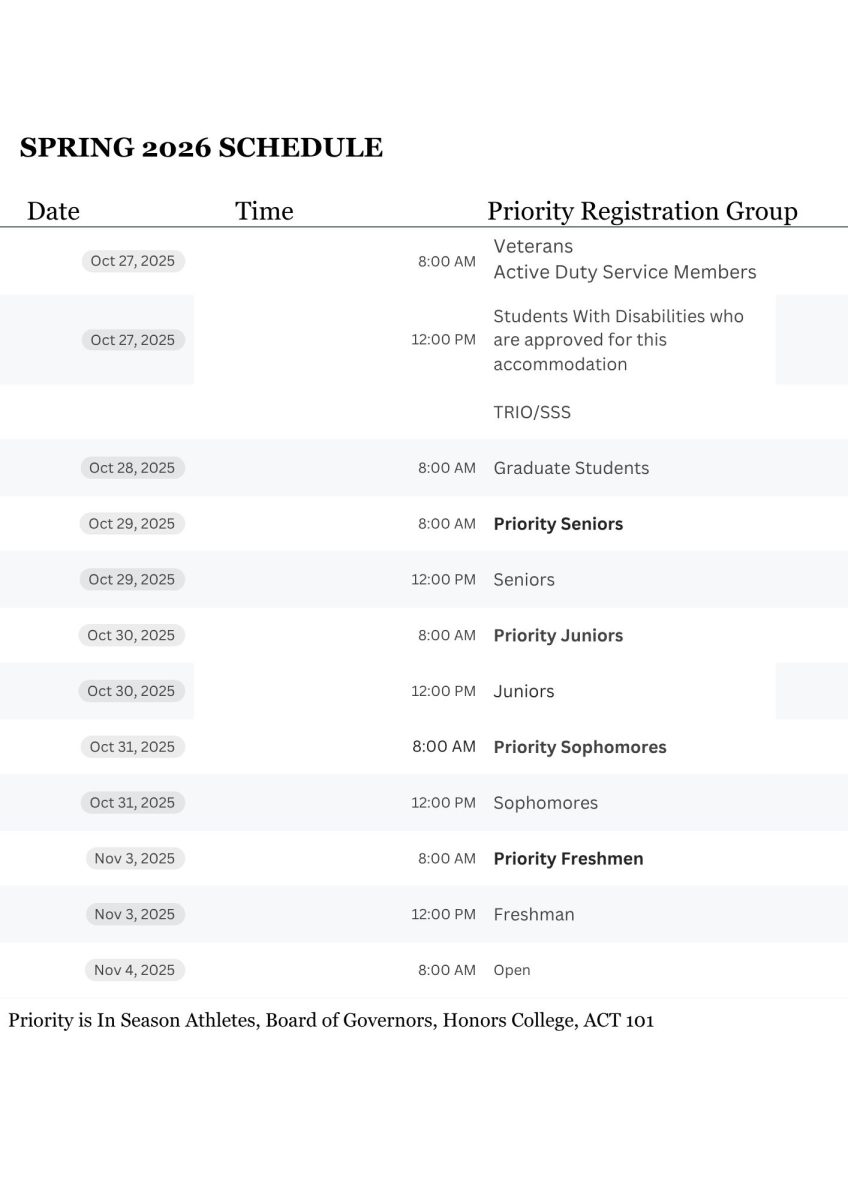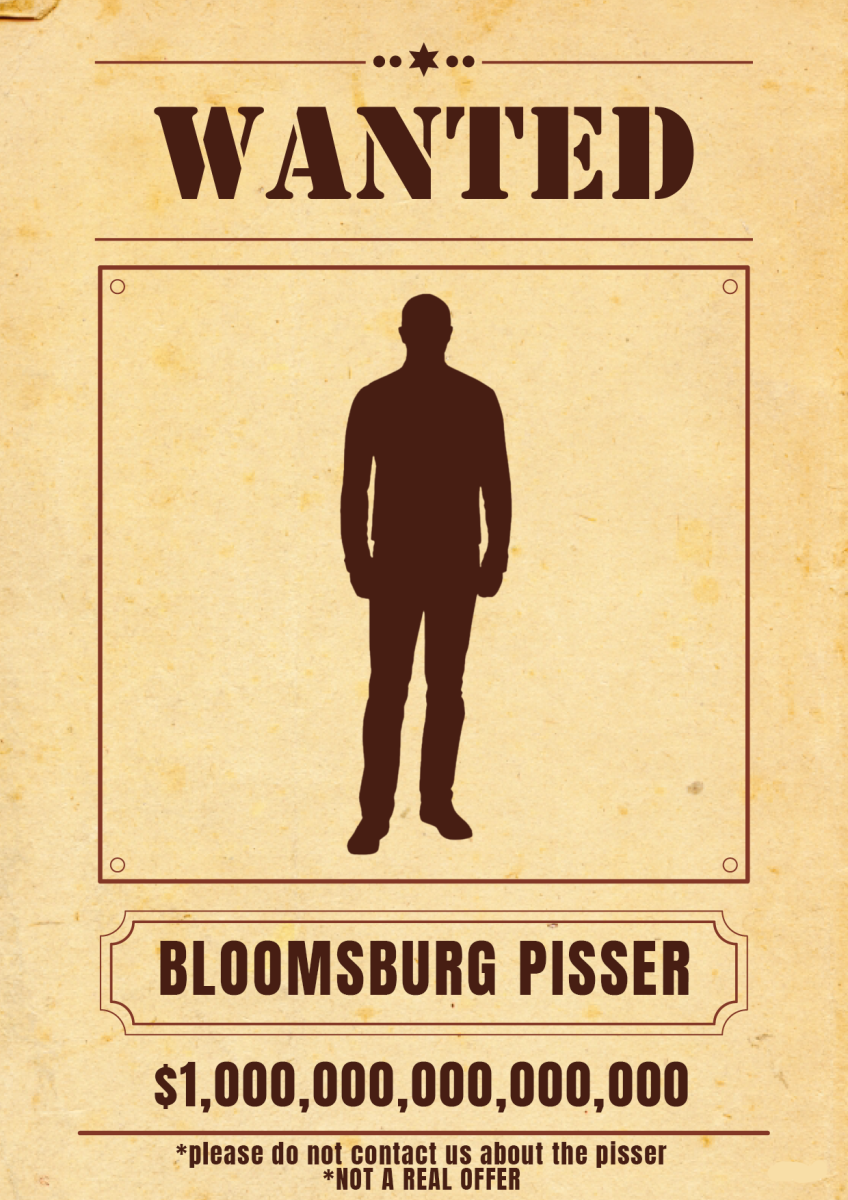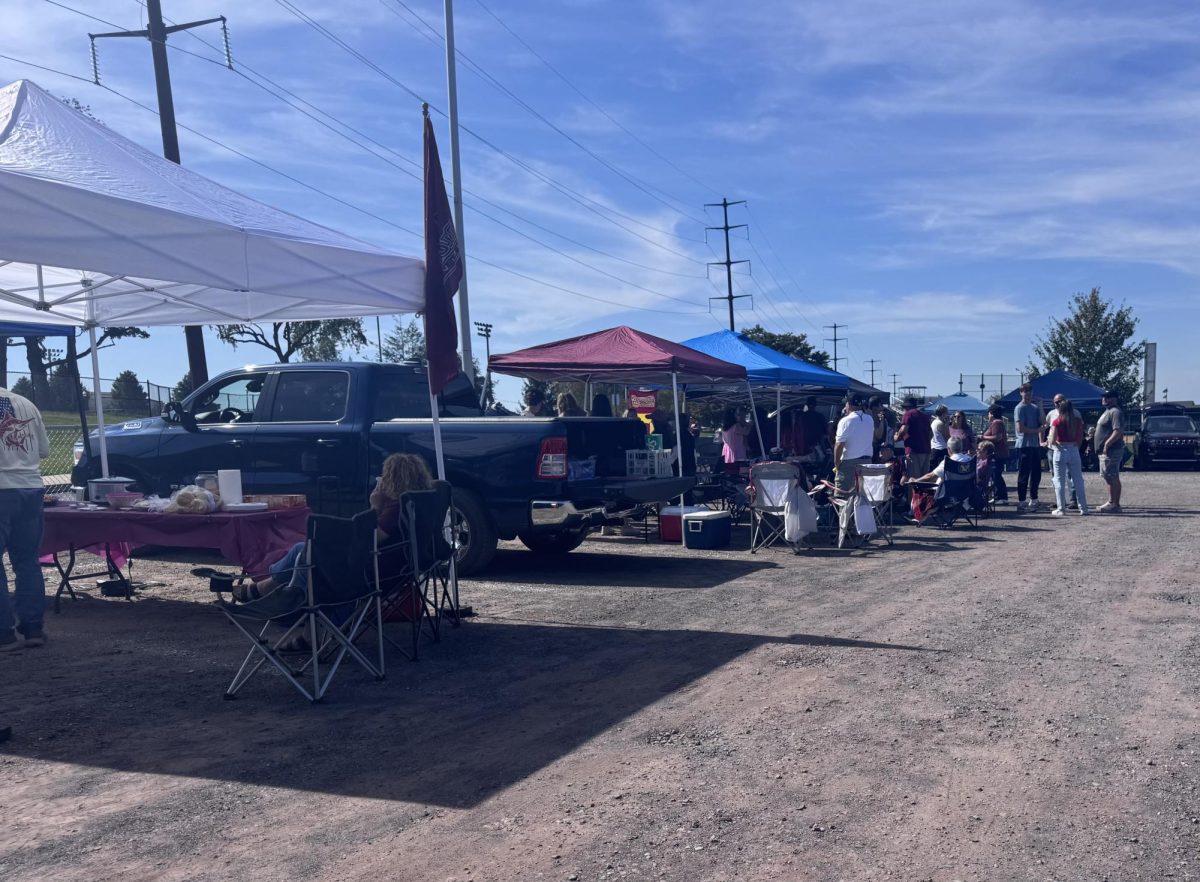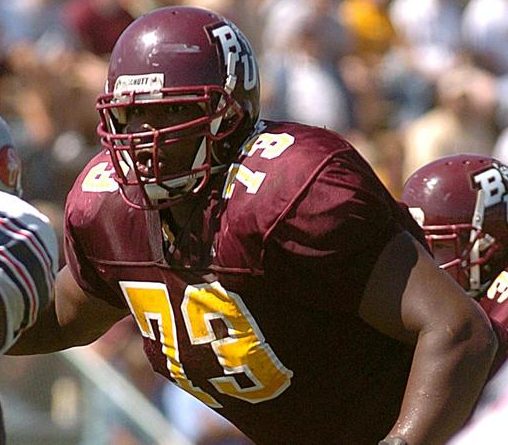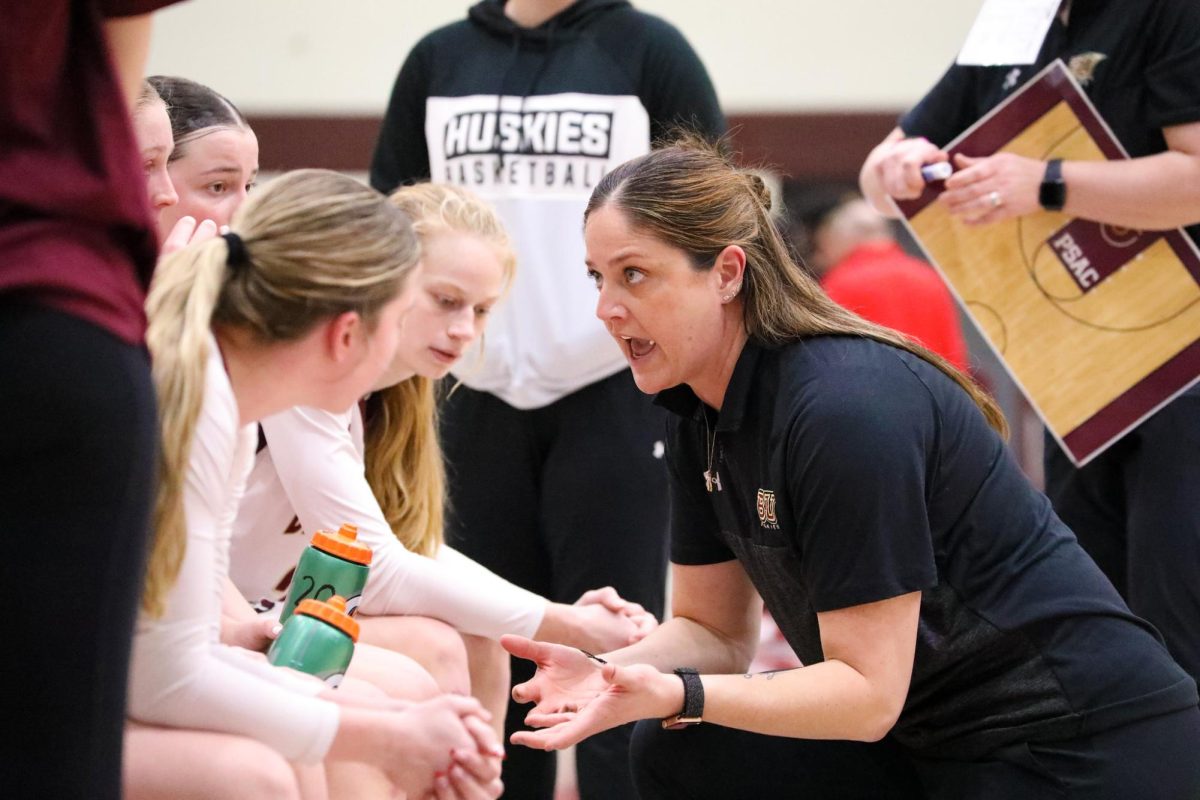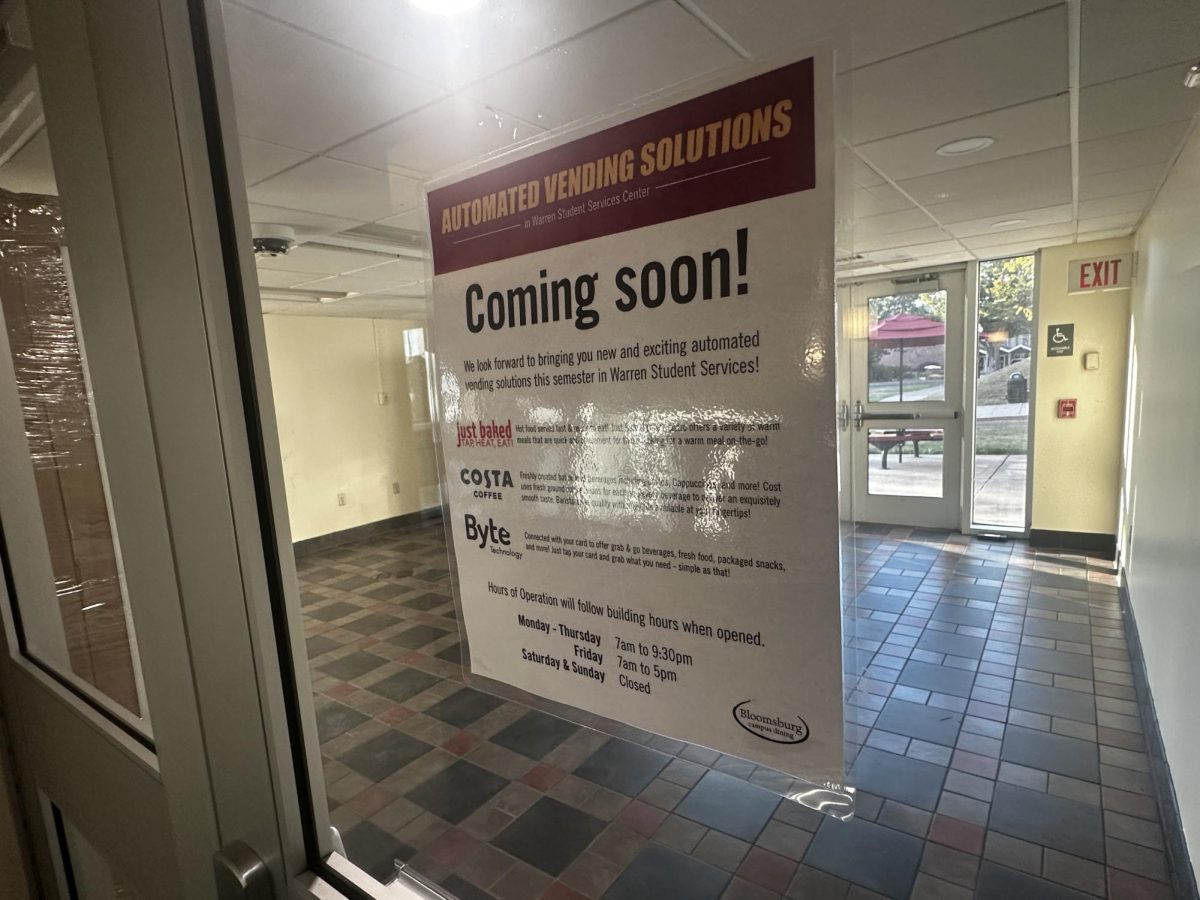There’s an old cliché that we live our lives in the fast lane, or that young people believe that they’re invincible. I’d have to say these old adages hold true, particularly when it comes to our love of driving. We drive our cars everywhere, even if wherever we want to go is within walking distance because well, why not?
Of course, there’s no inherent problem with this, aside from the air pollution that we’re constantly creating. If we choose to disregard this factor, only for the time being, we need to focus on the “fast” and “invincible” parts of my beginning statement.
Although driving a car can be useful, fun, or even downright therapeutic, there’s a serious issue that arises with both aggressive and nonchalant driving. Over the past four years since I began driving, I have become essentially hyperaware of everything and everyone on the road, because I know if I’m not, neither is anybody else.
What I mean by this is, unfortunately, that there are way too many people who drive without technically adhering to the rules of the road. I mean, I’m most certainly not a perfect driver myself. My mother has warned me numerous times of following too closely behind other vehicles, but I keep telling her that’s just how us young people drive these days.
Nevertheless, I shouldn’t have to watch out for someone else’s vehicular movements more than they are themselves because, for instance, they refuse to use a turn signal.
Forgetting to flick it on every once in a while is one thing, but I can’t even begin to describe the amount of times I’m going to and from school or work where I’ve had to slam on my breaks or sit in confusion as I try to figure out if the other person is turning, going straight, or just slowing to a random stop for some unknown reason.
I know that in certain areas of our country, it’s more common to forgo using a turn signal, yet I can’t seem to understand why. Cars were designed with this useful feature for a reason, and it’s not just to look pretty.
They even turn off by themselves, so you don’t even have to sustain the extra effort to remember to flick it back off after you make a turn, unless of course you’re using them in a passing zone. Rather than have me sit behind you and wonder if you’re going straight or turning left, why not just flick that handy little switch to fill me in?
This is particularly frustrating when it has to do with oncoming traffic. As someone is waiting to turn onto a different road, for instance, they might notice that another car is slowly approaching the intersection, but they don’t have a signal on.
There are either two options: one being sit and wait to see whatever that other person is going to do, and potentially feel a bit silly for waiting that long only to see them turn onto the same road you’re already on. Option two would be more risky, in that you could assume they’re going to turn onto the road you’re already on and turn in front of them. Of course, if this isn’t the case, the results are collision or confrontation with an angry driver.
Realistically speaking, there’s no reason why I should have to risk my own safety by trying to decide whether someone else’s car is going to slam into me or not. There’s also no reason why it should be too difficult to remember to put on your turn signal at the traffic light, or prior to slamming on your brakes when you want to turn into Dunkin Donuts.
Vehicles are equipped with turn signals for a reason, and it’s about time we started using them. Not only will that save more time and effort for everyone around you when you’re driving, it can also be a preventative measure against bodily harm to both yourself, as well as other people.
Next time you’re on the road, just think twice as you’re approaching that turn or switching lanes: is it really worth putting so much on the line just to get to your destination a bit faster, or to fly into the drive-thru for an iced coffee?
Kristin is a sophomore Secondary Education major and an Op/Ed Columnist for The Voice.


